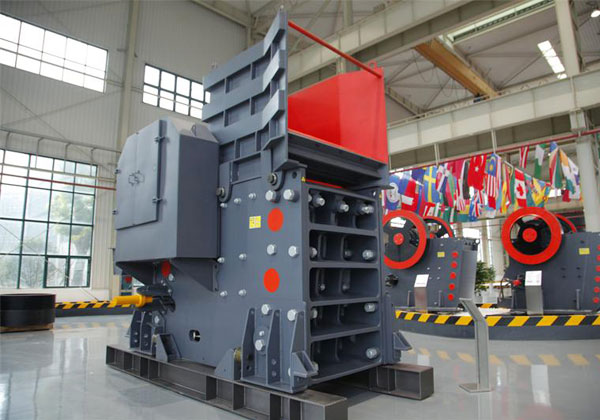What is the throughput of the jaw crusher?
Jaw crushers are one of the most commonly used crushing machines in mining, quarrying, and construction industries. They are primarily used for primary crushing of various materials like rocks, ores, and minerals. One key factor in evaluating the efficiency of a jaw crusher is its throughput — a measure of how much material it can process within a given time.
What Does Throughput Mean?
Throughput refers to the amount of material that a crusher can process in a specific time frame, typically expressed in tons per hour (tph). It is a critical metric for determining the productivity of a crushing operation and influences the overall capacity and efficiency of the processing plant.

Factors Affecting Jaw Crusher Throughput
The throughput of a jaw crusher depends on several factors:
1. Crusher Size and Design
-
Larger jaw crushers generally have higher throughput due to their bigger feed opening and more powerful crushing mechanisms.
-
The design features, such as jaw plate shape and motion, also affect how quickly material passes through.
2. Feed Size and Material Characteristics
-
The size and hardness of the material fed into the crusher impact throughput. Larger, harder rocks require more energy and take longer to break down.
-
Moisture content and abrasiveness of the material can also reduce crusher efficiency.
3. Crusher Setting (Closed Side Setting)
-
The closed side setting (CSS) is the smallest gap between the fixed and moving jaw during the crushing cycle.
-
A smaller CSS produces finer material but reduces throughput because the crusher has to work harder.
-
A larger CSS increases throughput but results in coarser output material.
4. Feeding Method and Consistency
-
Consistent and controlled feeding of material ensures steady operation and maximizes throughput.
-
Irregular or excessive feeding can cause blockages or inefficient crushing, reducing throughput.
5. Wear and Maintenance
-
Worn jaw plates and poorly maintained equipment decrease crusher performance and throughput.
-
Regular inspection and timely replacement of wear parts keep the crusher operating at optimal capacity.
Typical Throughput Ranges of Jaw Crushers
Jaw crushers vary widely in throughput based on their size and application. Here are some typical ranges:
| Jaw Crusher Model | Feed Opening (mm) | Throughput (tph) Approximate |
|---|---|---|
| Small Laboratory | 200 x 300 | 1 – 5 |
| Medium Industrial | 600 x 900 | 50 – 150 |
| Large Industrial | 1200 x 1500 | 300 – 800 |
These numbers are general guidelines. Actual throughput can vary based on the factors described above.
How to Calculate Jaw Crusher Throughput
Throughput can be estimated using the formula:
Throughput (tph) = (Volume of material processed per cycle × Cycles per minute × Material density × Crusher efficiency) / 1000
Where:
-
Volume per cycle depends on the crusher feed opening and CSS,
-
Cycles per minute is the crusher’s operating speed,
-
Material density is typically in tons per cubic meter,
-
Crusher efficiency accounts for losses in operation.
Why Is Throughput Important?
-
Operational Planning: Helps operators size the crusher and feeding system for the required production.
-
Cost Efficiency: Higher throughput generally means more production at lower cost per ton.
-
Process Optimization: Knowing throughput helps in balancing upstream and downstream equipment for smooth operation.
The throughput of a jaw crusher is a vital parameter that indicates how much material the machine can crush over time. It depends on the crusher’s size, design, feed material, setting, and maintenance. Proper understanding and management of these factors enable maximized productivity and cost-effective crushing operations.
If you’re considering a jaw crusher for your project, understanding throughput will help you select the right machine and optimize your crushing process.
